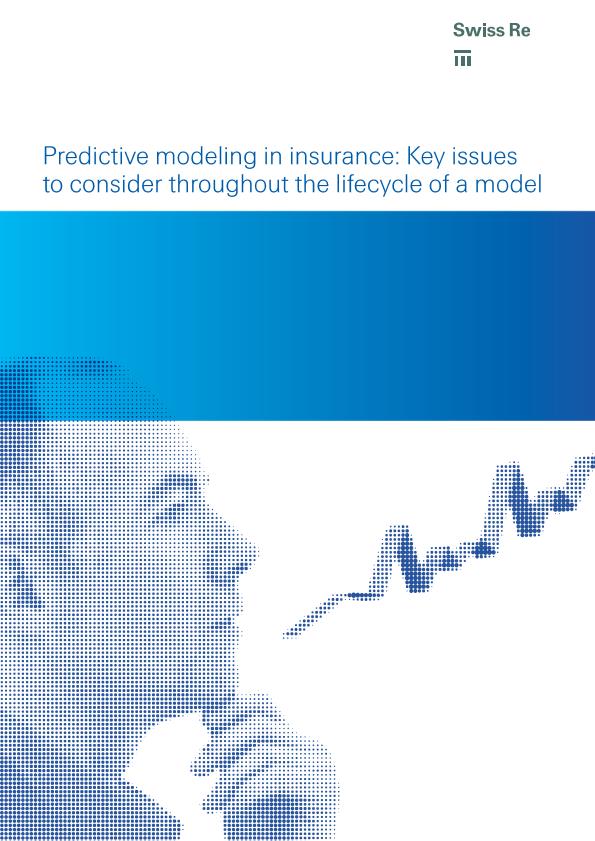Predictive modeling in insurance: Key issues to consider throughout the lifecycle of a model

Contenido multimedia no disponible por derechos de autor o por acceso restringido. Contacte con la institución para más información.
| Tag | 1 | 2 | Valor |
|---|---|---|---|
| LDR | 00000cam a22000004b 4500 | ||
| 001 | MAP20120038622 | ||
| 003 | MAP | ||
| 005 | 20220911204631.0 | ||
| 008 | 120905s2012 che|||| ||| ||spa d | ||
| 040 | $aMAP$bspa$dMAP | ||
| 084 | $a20 | ||
| 100 | 1 | $0MAPA20120021778$aHomewwod, Chris | |
| 245 | 0 | 0 | $aPredictive modeling in insurance: Key issues to consider throughout the lifecycle of a model$cChris Homewwod |
| 260 | $aZurich$bSwiss Re Ltd.$ccop. 2012 | ||
| 520 | $aMost personal lines and a number of larger commercial lines insurers have incorporated a predictive analytics capability into their organization. For those carriers evaluating if and how they should approach implementing such capabilities, there is much to consider, as doing so will involve a significant investment balanced against the risks associated with failing to invest in such capabilities. In order to effectively navigate the best path to building this capability, it is important to form an understanding of how predictive analytics are used in the insurance industry, what a predictive model is, and to think through the key considerations during the typical lifecycle of predictive models. Written with chief underwriting officers and product line heads in mind, the information below will serve as a guide to how these decision makers might critically think about, identify, and plan around these issues as they relate to predictive models used to optimize relative pricing | ||
| 650 | 1 | $0MAPA20080590567$aEmpresas de seguros | |
| 650 | 1 | $0MAPA20080592059$aModelos predictivos | |
| 650 | 1 | $0MAPA20080614720$aModelos de planificación | |
| 650 | 1 | $0MAPA20080598358$aProductos de seguros | |
| 650 | 1 | $0MAPA20100002773$aCiclos de vida | |
| 650 | 1 | $0MAPA20080599096$aSelección de riesgos | |
| 710 | 2 | $0MAPA20080442071$aSwiss Reinsurance |

